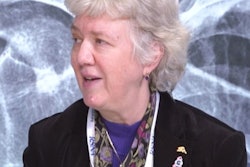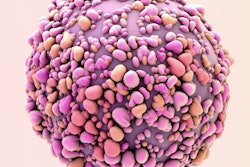Sunday, November 27 | 10:30 a.m.-11:30 a.m. | S2-SSBR01-2 | Room E450B
Researchers will demonstrate how contrast-enhanced mammography (CEM) is superior to digital breast tomosynthesis (DBT) when it comes to detecting early, mostly invasive breast cancer in women with a personal history of breast cancer.In her talk, Dr. Wendie Berg, PhD, from the University of Pittsburgh will discuss findings from her team's study comparing the two breast imaging modalities for cancer detection, recalls, and positive predictive value of biopsies.
The team found in its study of 1,022 women that adding CEM in year one increased recall from 90/1022 (8.8%) to 141 (13.8%) and from 19/383 (5%) to 34/383 (8.9%) in year two. Also, at the lesion level, 18 out of 60 biopsies were prompted only by CEM, 14 out of 37 biopsies by both DBT and CEM, and five out of 18 by DBT alone.
The group also found that out of 16 women with cancers seen only on CEM, 14 were invasive, with a median size of 0.7 cm. And while researchers noted that false positives prompted by CEM are "substantial" at 5% of women in the first year, they decrease with incidence screens.
"Interval cancer rate to date at 2/1000 is lower than literature rates of 3.2 to 3.6 per 1000 with mammography alone," study authors wrote.
Find out more by attending their presentation.




















